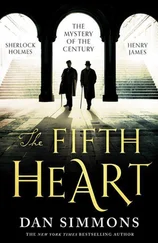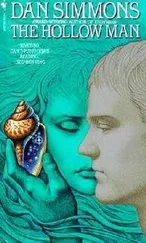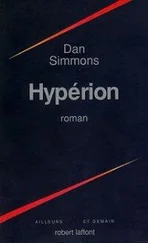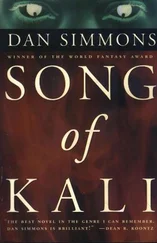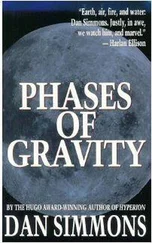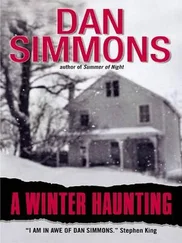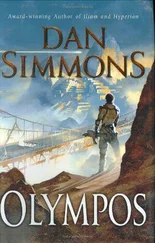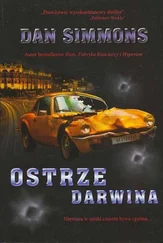All that is gone now, especially in this not-so-far future the raven is showing him.
All the thousands of interacting species here have now come down to two—man and his cattle. The Fat Takers and their fat, stupid meat beasts, both constantly bred for more fatness.
Oh, birds still migrate over and past this new world where the grasses no longer grow, but even the species of birds are disappearing faster than human beings can note their passing. The destruction of the wet places, the driving out of all variety among the grasses and four-legged beings of the prairie, and the draining and grazing and paving over of the birds’ mating places… yes, there are still species of birds to be found, but they tend to be of the thieving, scavenging, garbage-begging, back-alley species like magpies. They are the equivalent of the few remaining wild animals: scruffy coyotes eking out an existence on the edge of men’s and cattle’s dusty world, their sad countenances suggesting they know that the deserts are inexorably approaching.
His raven turns south and climbs for the sky again, and Paha Sapa hopes that it will not descend again. He welcomes death.
Let the time tides flow in and out as they always have; why must he—Paha Sapa—have to see the ravages of what men have done and will continue doing to the world and themselves?
He senses rather than sees that the time tides have, again and again, turned bloodred on both rims of the horizon as other Great Wars have raged. Perhaps men love their cattle so much, he thinks glumly, because men so much love slaughter in great numbers.
The raven has reached the icy upper air and it pauses there, hanging motionless on some unseen thermal. The stars are coming out in the darkened sky of day again, and the horizon has again bent itself like a warrior’s bow.
Paha Sapa, the cynic and unbeliever for so much of the last part of his now-departed life, manages the sincerest prayer he has ever prayed.
Please, O Wakan Tanka—my mediating Grandfathers—the All, the Mystery none of us will ever understand—O please, God, show me no more. I have died; please let me be dead. For my part in what you have shown me, I am heartily sorry. But punish me with no more Visions. My life has been saddened and stunted with Visions. Let me die and be dead, O Lord God of My Fathers.
Merciless, the raven swoops downward once again.

FOR A FEW MOMENTS there are no sounds or images, no motion or sensation, only knowledge.
His granddaughter, Mademoiselle Flora Daelen de Plachette, soon to become Mrs. Maurice Dunkleblum Ochs when her fiancée finishes up the closing-out of her grandfather’s business in Brussels and joins her in America, is pregnant.
This seventeen-year-old beauty who could have been his darling Rain’s twin, Flora is pregnant with Paha Sapa’s (and the absent Monsieur Vanden Daelen Adler’s) great-grandson, who shall be named Robert. The happy couple will have four more children, all of whom will survive childbirth and childhood, but it is Robert’s soul whom Paha Sapa touched with his vision-forward ability when he took his granddaughter’s hand the second before his stroke. And it is Robert’s future that bore him forward into time as surely as these ebbing, flowing ocean tides of time below him now.
Born in 1937, Robert Adler Ochs will become both scientist and writer; his popularized science books and TV series will be enjoyed by millions of people. His specialty shall be physics, but as was true of his grandfather from America, the first Robert, this Robert will become an expert in other sciences such as geology and the environment and meteorology of Mars and of other planets. Robert Adler Ochs will be a guest in Mission Control in Houston in July of 1969 when men first walk on the moon, sitting with other scientists all acting like children released from school on a snow day.
Of Robert Ochs’s three children, his middle child—Constance (who will publish under her married name, C. H. O. Greene)—will most continue her father’s tradition of excellence in science and writing. Born in 1972, Constance Helene Ochs Greene will be a major researcher well into the middle of the 21st Century and beyond. Her trio of specialties—her broad interests so rare in the continued age of specialization in the sciences—will be climate change, genetics, and ethnology. Her book The World We Made, the New World We Can Make will sell more than twenty million download copies worldwide.
But in a changed world.
And that actual change in the real world is the goal behind Constance Greene’s three bestselling books and behind the more than two hundred papers she will publish in scientific journals during her lifetime. Her special interest… no, her passion, her dream, her mission, her goal, her reason for being… will be Pleistocene megafauna rewilding of the Great Plains of North America.
Even when she someday will be an honored and elder scientist leading an international effort that will see rewilding projects in more than thirty nations, it is always the Great Plains of North America that will continue to command the majority of her love and attention.
And there are enough details to command the attention of ten thousand Connies—ten thousand Constance Helene Ochs Greenes.
As the overgrazed and overburdened and variety-starved prairies are finally dying for good in the 21st Century, the ranches failing even after countless subsidies from the government and after a thousand attempts at “diversification” of what constitutes “ranching,” the deserts returning to where they have not been for hundreds of thousands of years, the small and midsized towns emptying out, the human population disappearing, the last dregs of economy in the region vanishing just as quickly, Dr. Constance Helene Ochs Greene will spend most of her long life being part of a solution that offers a new birth not only to many species of animal and plant life, but to entire groups of people as well.
Perhaps it is Connie Greene’s voice that Paha Sapa hears during this final descent of his nagi- carrying raven. Or perhaps it is again the soft voice of the oldest and wisest of the Six Grandfathers. Or perhaps it is Limps-a-Lot’s wise whisper or the soft voice of his most darling Rain.
More likely, it is all of their voices that Paha Sapa will hear next.

THE RAVEN SWOOPS LOW over the Black Hills. Borglum’s four Wasichu Stone Heads are there in place, looking slightly grayer with time. Either they have not turned into striding stone giants or the day of their striding and Taking of Fat has passed.
Even while the raven circles on high thermals, Paha Sapa can see that some eight miles to the west and south of Mount Rushmore there is another mountain turned to sculpture. This one is larger and newer, the granite more brightly white.
The voices of those he has loved and worshipped and will love in the future whisper in his ear.
This is Crazy Horse and his horse. Unlike Rushmore, where the heads are just part of the great rock mass, this entire mountain has been sculpted. The scale of blasting and sculpting is larger in every way.
After so many years in the mines and on mountaintops of making as precise measurements and estimates of measurements as humanly possible, especially of sculpted or soon-to-be-sculpted rock, Paha Sapa cannot help but make such estimates now.
The three presidents’ heads that Paha Sapa worked on were each about sixty feet high. Crazy Horse’s head in this new, giant sculpture looks to be almost ninety feet high.
But where the four presidents on Mount Rushmore were designed to be only heads with the occasional hint of shoulder—say the jacket lapels on Washington and the roughed-out knuckles of Lincoln holding a lapel (not yet started when Paha Sapa left forever)—here the entire upper body and both arms of Crazy Horse have been released from the mountain by explosives and then sculpted and bumpered down to smooth, white stone. And beneath Crazy Horse is his horse, the animal’s stylized, artistically maned head pulled down and turning back in dynamic motion, as if powerfully reined in, the horse’s left leg raised and bent and finely finished from its muscled chest to its fragile shank and hovering hoof.
Читать дальше


